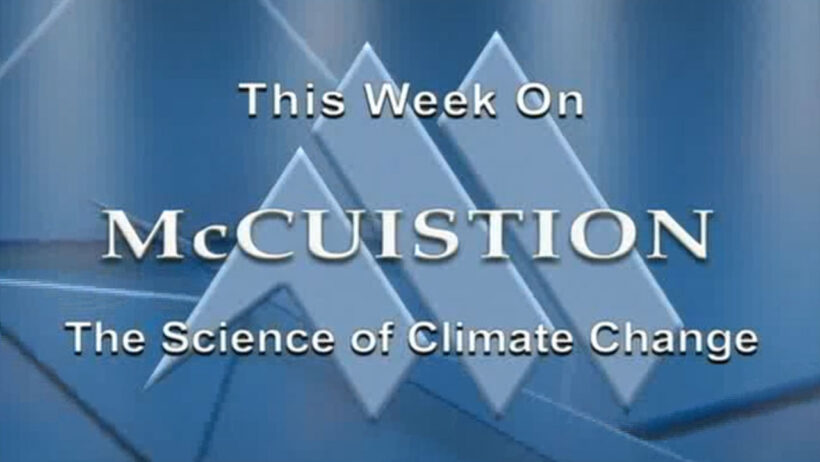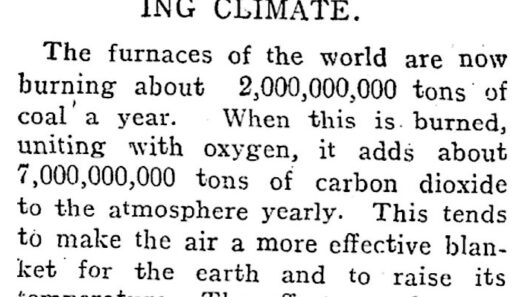Global warming, a phenomenon driven by the accumulation of greenhouse gases in the atmosphere, has become a pressing concern for scientists, policymakers, and activists alike. The intricate interplay between human activity and the natural environment has underscored the need for innovative solutions. Science and physics are pivotal in these endeavors, unraveling complex systems and signaling pathways toward more sustainable practices. This exploration delves into how various scientific disciplines can intercede optimally, leveraging physics and innovative technologies to mitigate the impacts of climate change.
Understanding the fundamentals of climate change begins with comprehending the greenhouse effect. This concept is rooted in physics, illustrating how certain gases trap heat in the atmosphere. Carbon dioxide, methane, and nitrous oxide are notable offenders, emanating from fossil fuel combustion, agricultural practices, and deforestation. By comprehensively studying these processes, scientists can formulate strategies to minimize emissions through targeted interventions, essentially rewriting humanity’s influence on the climatic narrative.
One of the most transformative approaches to combating global warming lies in renewable energy technologies. Solar power, wind energy, and geothermal sources have gained momentum, significantly altering the energy landscape. Harnessing solar energy necessitates a deep understanding of photovoltaic cells—devices that convert sunlight into electricity. Advanced research continues to focus on improving the efficiency of these cells, which currently convert only about 20% of sunlight into usable energy. Innovations like bifacial solar panels or organic photovoltaic cells are emerging, promising higher efficiency and broader applications.
Wind energy, harnessed through turbines, represents another remarkable advancement. The physics of aerodynamics plays a critical role in designing enhanced blades that can extract maximum energy from wind currents. Improvements in wind turbine technology have led to larger, more efficient models capable of generating substantial electricity, even in regions previously deemed unsuitable for wind farms. Additionally, offshore wind farms utilize the constant and robust winds over oceans, significantly expanding renewable energy potential.
In parallel with renewable energy, energy storage technologies are progressing. The increasing reliance on intermittent energy sources necessitates robust energy storage systems to ensure reliability. Innovations in battery technology, particularly lithium-ion batteries, have skyrocketed energy density and efficiency, but researchers are exploring alternatives like solid-state batteries and flow batteries. These technologies promise to store energy more effectively, making renewable sources a viable alternative to fossil fuels.
Furthermore, energy efficiency plays an indispensable role in curbing emissions. The physics of thermodynamics is foundational in this regard, guiding the design and performance of buildings, vehicles, and industrial processes. Energy-efficient appliances and LED lighting are prime examples of how informed design can diminish energy consumption. Insulation technologies, including advanced materials that regulate temperature based on environmental conditions, can dramatically reduce heating and cooling needs in residential and commercial spaces.
Another fundamental sector where science and physics converge is in transportation. The transition to electric vehicles (EVs) represents a significant shift in reducing greenhouse gas emissions from the transportation sector. The development of more efficient electric drivetrains and lightweight materials has enhanced vehicle performance while minimizing energy consumption. Furthermore, innovations in public transport, including electrification and hyperloop technology, offer promising alternatives to traditional fossil fuel-dependent systems.
Carbon capture and storage (CCS) technologies also exemplify the application of scientific theories in combating global warming. By employing chemical engineering principles, CCS captures carbon dioxide emissions from industrial sources before they reach the atmosphere. The captured carbon can be either sequestered underground or repurposed for various applications, such as creating synthetic fuels. While still in nascent stages, the development of this technology could lead to a significant reduction in atmospheric CO2 if scaled effectively.
Moreover, advancements in agricultural science utilize the principles of ecology and biology to develop practices that promote carbon sequestration. Techniques such as no-till farming, cover cropping, and agroforestry increase soil organic matter, enhancing the land’s capacity to absorb carbon from the atmosphere. These sustainable agricultural practices not only yield environmental benefits but also bolster food security and resilience against climate challenges.
Another compelling innovation is the use of geoengineering technologies. While still debated in moral and ethical terms, geoengineering encompasses a suite of techniques aimed at deliberately altering the Earth’s climate system. Solar radiation management and carbon dioxide removal are among proposed strategies that, if enacted prudently and effectively, could provide substantial short-term alleviation to the ongoing crisis. Yet, rigorous scientific research is essential to understand potential unforeseen ramifications and ascertain an ethical framework.
Educational initiatives are crucial in aligning scientific innovations with societal awareness. Physics and environmental education foster a deeper understanding of climate issues within communities, equipping individuals with the knowledge to advocate for change. The role of youth activism cannot be understated; enhanced awareness drives a collective movement pushing for policy reform and sustainable practices profoundly rooted in scientific principles.
In conclusion, the fusion of scientific inquiry with innovative technology is paramount in addressing the multifaceted challenges posed by global warming. By leveraging physics and emerging technologies, society can devise effective strategies to curtail emissions, enhance energy efficiency, and transition to a sustainable future. As we persist in navigating the intricacies of climate change, a commitment to scientific discovery and pragmatic application remains essential in safeguarding our planet for future generations. The tools are available; it is imperative that they be utilized effectively and judiciously.








